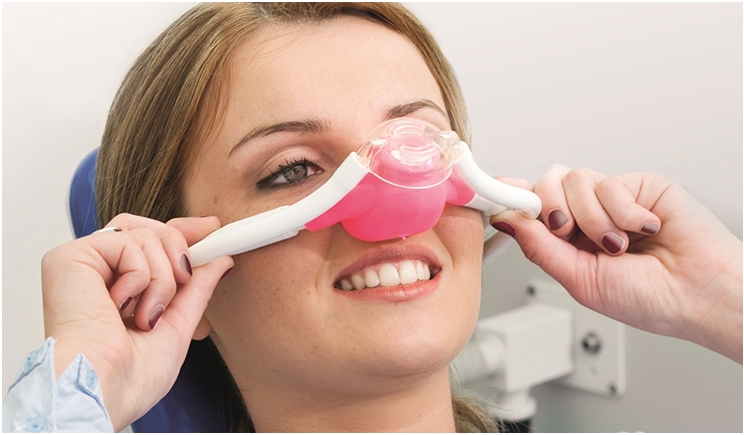
Deaths due to inappropriately used sedation and anesthesia have become a critical patient safety issue in dentistry. But how can dentists do well during a medical or sedation emergency when their facility lacks lifesaving medication, equipment, and training? Criteria are essential in ensuring that practices are properly prepared and equipped.
All dental offices should conduct Sedation Anesthesia Medical Emergency Readiness Inspections (SAMERI) whether or not they use sedation or anesthesia. These customized audits should be performed at least every three years to ensure everything in the office is current and up to date. These inspections would address:
- Local anesthesia and/or nitrous oxide
- Pediatric sedation
- Minimal sedation
- Moderate sedation
- Deep sedation/general anesthesia
No matter which type of sedation or anesthesia is in use, each audit should examine:
- Personnel qualifications and training
- Proper documentation
- Office facilities and equipment
- Emergency medications
- Written emergency protocols for medical and sedation emergencies
- Emergency equipment such as basic ventilation and capnography
The auditor or inspector should review various medical and sedation emergencies in each office to evaluate its responses to them. Merely checking off proficiencies on an itemized list is not enough. These emergencies may include but are not limited to:
- Syncope
- Angina
- Myocardial infarction
- Cardiac arrest
- Hypertension
- Hypotension
- Asthma
- Allergies/anaphylaxis
- Hyperventilation
- Diabetes (insulin shock)
- Emesis/aspiration
- Seizures
- Sudden cardiac arrest
- Cerebrovascular accident (stroke)
- Foreign body obstruction with airway management
- Local anesthetic toxicity
Dentists who use any form of advanced anesthesia should be competent in managing all of these emergencies in addition to benzodiazepine and narcotic overdoses as well as laryngospasms. Plus, these dentists need to be familiar with the algorithms for Advanced Cardiac Life Support.
The auditor or inspector also should examine each piece of emergency equipment to verify that it is in good condition and fully operational. Additionally, the auditor or inspector should review the medical and/or sedation emergency training log book to see if monthly emergency drills have been practiced.
To demonstrate their due diligence in emergency preparation, dental offices should maintain anesthesia and sedation emergency checklists outlining steps taken to prevent errors and mishaps. Also, staff should attend a medical or sedation emergency training lecture once a year. Under pressure, people don’t rise to the occasion. They sink to the level of their training.
Finally, each practice should designate a SAMERI patient safety officer. This person would be in charge of everything related to the office’s preparedness. The team should listen and respond to this employee in regard to everything related to proper office readiness.
Dr. Roberson obtained his DMD at the University of Mississippi School of Dentistry. He performed his residency in oral and maxillofacial surgery at the University of Cincinnati Medical Center. He is a dual-board certified oral and maxillofacial surgeon with board certifications from the American Board of Oral & Maxillofacial Surgery and the National Dental Board of Anesthesiology. He is a member of the American College of Oral & Maxillofacial Surgeons, American Dental Association, American Academy of Oral Medicine, American Academy for Oral Systemic Health, Mississippi Dental Association, and South Mississippi Dental Association. He can be reached at drjohnroberson@megagate.com.
Related Articles
Patient Safety Depends on Dental Office-Based Anesthesia Inspections
Dental Offices Need Emergency Preparedness Standards
Seven Keys to Preventing More Patients from Dying from Dental Sedation











